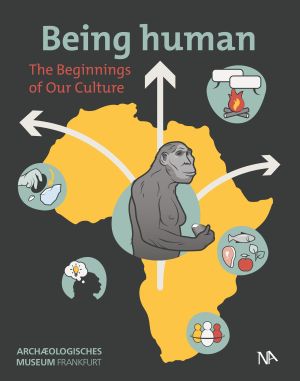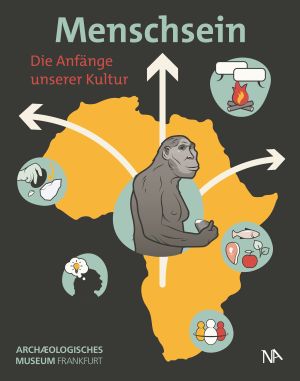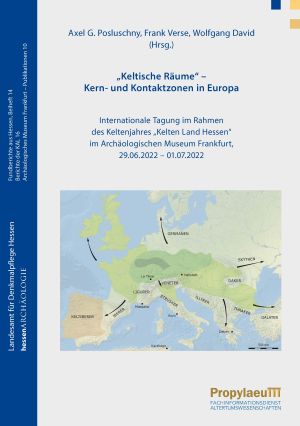David, Wolfgang
Being Human: The Beginnings of Our Culture. Accompanying volume to the special exhibition 5 May 2021 – 27 March 2022, Archäologisches Museum Frankfurt
Is it possible to define what it means to be human based on biological, social, ecological, or cultural factors? Is it something physical, something in the way we think, or in the way we behave? When we look at the long history of humankind, it becomes clear that we had to experience many different developmental stages throughout the millions of years of developmental history to become the multifaceted species that populates this Earth today.English Edition of: "Menschsein. Die Anfänge unserer Kultur"
Menschsein. Die Anfänge unserer Kultur: Begleitband zur Sonderausstellung. 5. Mai 2021 – 30. Januar 2022, Archäologisches Museum Frankfurt
Is it possible to define what it means to be human based on biological, social, ecological, or cultural factors? Is it something physical, something in the way we think, or in the way we behave? When we look at the long history of humankind, it becomes clear that we had to experience many different developmental stages throughout the millions of years of developmental history to become the multifaceted species that populates this Earth today.English Edition of: "Menschsein. Die Anfänge unserer Kultur"
„Keltische Räume“ – Kern- und Kontaktzonen in Europa: Internationale Tagung im Rahmen des Keltenjahres „Kelten Land Hessen“ im Archäologischen Museum Frankfurt, 29.06.2022 – 01.07.2022
As part of the "Celtic Year" organised in Hesse in 2022, a three-day conference was held at the Archaeological Museum Frankfurt. 25 lectures presented current research on the similarities of and differences between Iron Age cultures in various regions of Europe. In each case, archaeological features typical of the region were named and compared with those of neighbouring regions in order to provide a basis for recognising cultural core, peripheral and contact areas during the Iron Age. The present anthology of the Frankfurt conference comprises 15 articles chronologically covering the Hallstatt and Latène periods and providing a suitable overview of the topic.









